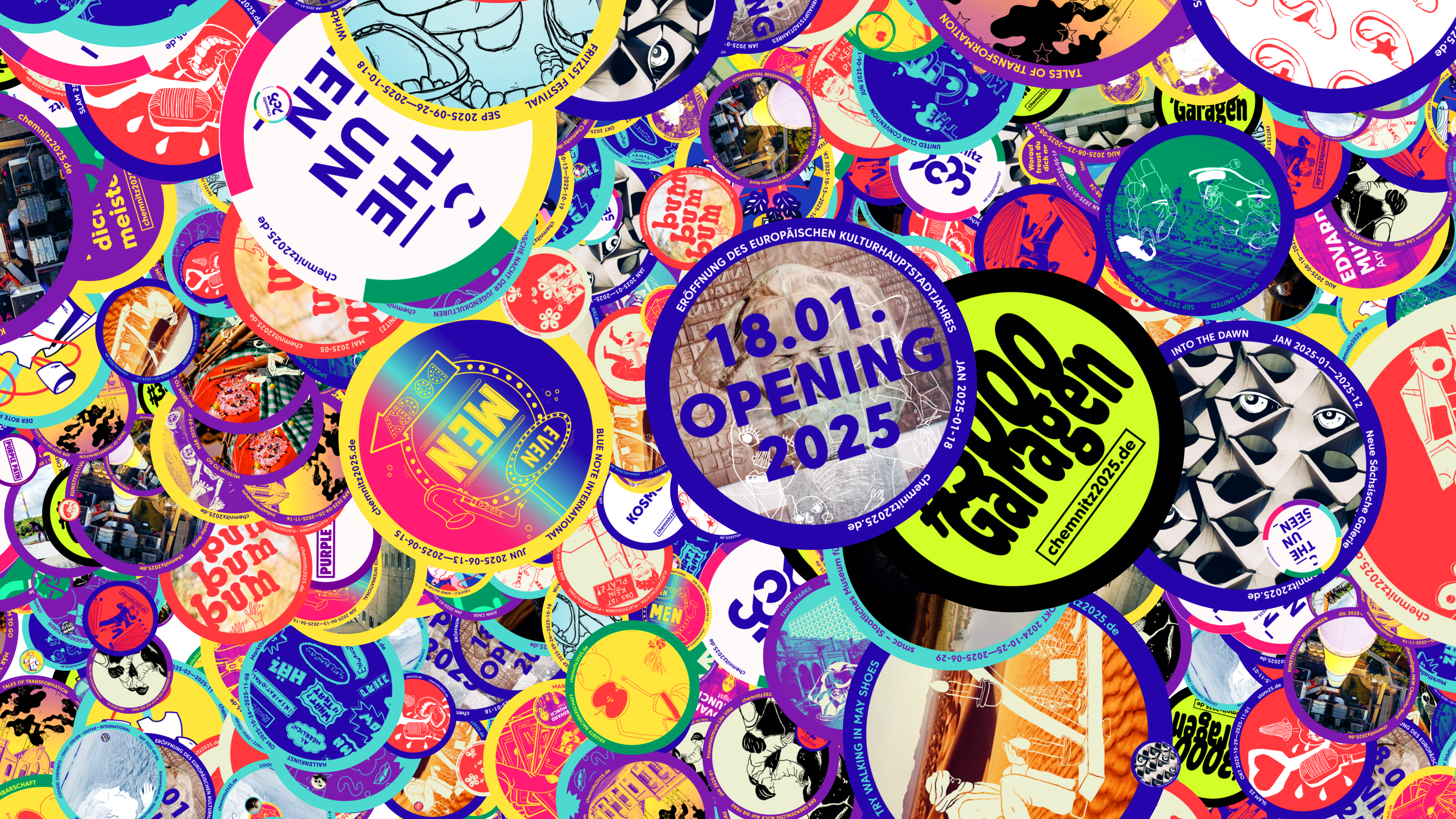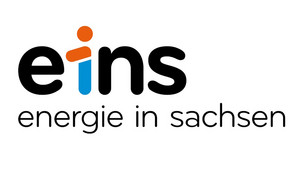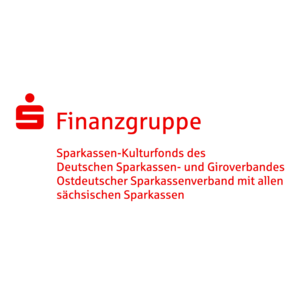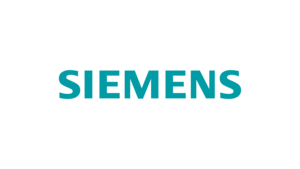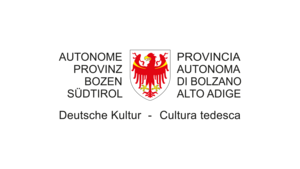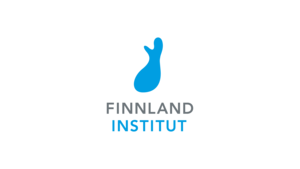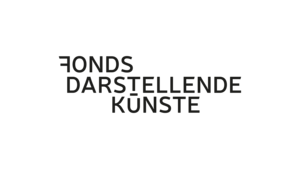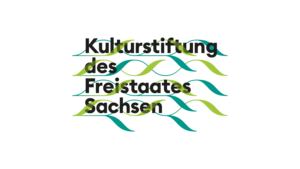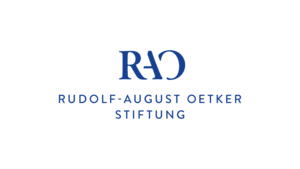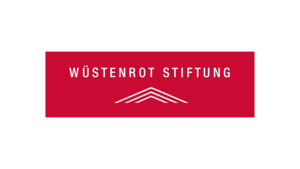Cultural highlights and diverse projects from civil society in the European Capital of Culture
150 projects and more than 1000 events in 2025
875 stakeholders involved in the implementation of the programme
Cooperations with partners from 40 countries, 60 per cent of which are from Eastern Europe
600 volunteers already involved in the Chemnitz 2025 volunteer programme
The European Capital of Culture Chemnitz 2025 has presented its programme for the coming year. Under the motto ‘C the Unseen’, the Saxon city, together with 38 municipalities from the region, will present itself to its guests as a lively, hospitable and surprising place in eastern Germany, in the centre of Europe. The activities and sustainable projects for the Capital of Culture year and the future are the result of the commitment and participation of countless local players, including the city's cultural institutions as well as associations, democracy initiatives, young people, senior citizens, sports and community projects and international partners from 40 countries.
With around 150 projects and more than 1000 events, people from Chemnitz, the Ore Mountains, Central Saxony and the Zwickau region are putting themselves and their region on the cultural and tourist map. At the heart of the programme are local stories and faces that mix with European narratives and well-known names. The overarching programme lines are called ‘European Makers of Democracy’, ‘Eastern State of Mind, Generous Neighbours, Makers² and It’s moving.
Cultural highlights
The major cultural institutions in Chemnitz present themselves with international appeal in 2025: in its exhibition ‘Tales of Transformation’, the Chemnitz Industrial Museum compares the development of former European industrial cities. (April-November 2025). With the exhibition ‘European Realities’, the Kunstsammlungen Chemnitz are showing the diverse Objectivity movements of the 1920s and 1930s on an unprecedented scale. (Museum Gunzenhauser, April-August 2025). The art collections are dedicating a second major show to the Norwegian painter Edvard Munch and the theme of fear in interaction with various contemporary positions. (August-November 2025).
The Staatliches Museum für Archäologie Chemnitz (smac) opened the first major exhibition for Chemnitz 2025 on 24 October 2024, thus creating a thematic link across many parts of the Capital of Culture programme. ‘Silberglanz und Kumpeltod’ sheds light on the history of mining, which still characterises the region today, and the associated challenges for the future. (smac, until June 2025).
Chemnitz Theatres are bringing a piece of mining history to the stage with ‘Rummelplatz’. Based on the novel of the same name about Wismut by author Werner Bräunig, who was born in Chemnitz in 1934, composer Ludger Vollmer and author and Booker Prize winner Jenny Erpenbeck are developing a new opera as a commissioned work (première in September 2025).
The European Capital of Culture year will open on 18 January 2025. The title that has been awarded by the European Commission since 1985. The 40th anniversary of this important European programme will be celebrated in Chemnitz in May 2025. The Slovenian/Italian city of Nova Gorica / Gorizia will also hold the title next year.
Chemnitz puts the spotlight on makers and participation
‘Chemnitz is a city that has often reinvented itself and surprises its visitors with what it has to offer,’ says Lord Mayor Sven Schulze. Industrialisation brought growth and prosperity, impressive Wilhelminian-style architecture, art and culture. After the Second World War, the city centre was largely destroyed and was rebuilt as the socialist Karl-Marx-Stadt. The name returned with reunification in 1990, but the industrial jobs disappeared and with them many people. Chemnitz is now once again a world leader in new technologies. "I am impressed by the commitment of the citizens, who have contributed with passion and a wealth of ideas to the fact that we can proudly say today that Chemnitz is the European Capital of Culture: Chemnitz is the European Capital of Culture.This shows how lively and future-orientated our urban society is. We are shaping this city together - and that makes us strong, not only for 2025, but far beyond,’ added Schulze.
"Chemnitz as European Capital of Culture 2025 has enormous significance for the Free State of Saxony and Germany, as it will attract national and international attention and numerous guests to the region.We can showcase our culture, hospitality and regional specialities in a unique way," says Barbara Klepsch, Saxon State Minister for Culture and Tourism. “In addition, the diverse initiatives of the European Capital of Culture open up the opportunity to bring people together and connect them through art and culture. The European Capital of Culture Chemnitz 2025 shows us what creative possibilities life in our state offers and is exemplary for Saxony, Germany and Europe.”
Shaping together: European Workshop for Culture and Democracy
A central element of the Chemnitz 2025 programme is the ‘European Workshop for Culture and Democracy ’ to activate and strengthen civil society. Over 250 applications with project ideas for the Capital of Culture year have been received as part of this programme area. Around 60 projects will be realised, focusing on the interaction of different generations, diversity and inclusion as well as cooperation between Germany, the Czech Republic and Poland. In 2025, people will turn Chemnitz and the region into a big stage for their own stories, which have not always been heard in a united Germany. They are confidently locating themselves in the present: as Europeans.
‘Chemnitz 2025 is a special European Capital of Culture because the programme is made by the people of Chemnitz and the Capital of Culture region," explains Stefan Schmidtke, Programme Director of Chemnitz 2025 gGmbH. "It reflects their needs and wishes. We work with many initiatives and associations that have little experience in realising cultural projects. And that's exactly the point. We support them in becoming active themselves, share knowledge, network internationally and build new structures. This is crucial for the sustainable success of the Capital of Culture project.’
The blueprint for the Chemnitz 2025 concept is the ‘KOSMOS Festival for Democracy’. It was created in 2018 as a civil society initiative in response to right-wing extremist riots. It is jointly organised by associations, companies, institutions and private individuals from all walks of life and attracts tens of thousands of visitors with dozens of concerts, readings and discussion panels. (June 2025) The cycling event ‘European Peace Ride ’ was created during the application process for the Capital of Culture title and is part of this spirit. It pays homage to the International Peace Ride, the most highly regarded amateur cycling event during the Cold War, and sets an important example of European exchange and cohesion with its focus on international cooperation, particularly with the neighbouring countries of Poland and the Czech Republic. (September 2025).
The Chemnitz 2025 project is already supported by a growing volunteer network of almost 600 members.
Impetus for the Capital of Culture region
The PURPLE PATH art and sculpture trail will be a major new magnet for art and culture enthusiasts by 2025. It is the most extensive project of Chemnitz 2025 in the Capital of Culture region. With the works of important national and international artists, a unique exhibition of contemporary art in rural public spaces is growing in the municipalities of the region. The works by Alice Aycock, Sean Scully, Bettina Pousttchi, Jay Gard, Tony Cragg, Friedrich Kunath and Nevin Aladağ, among others, establish a link between the past, present and future via the places where they were installed, their form, materiality or history of creation. They also forge a symbolic link between the municipalities in the region and between the rural area and the city of Chemnitz, where works such as the striking illuminated chimney, the work ‘7 Colours for a Chimney’ by Daniel Buren, are also part of this art trail.
"The title of European Capital of Culture is an enormous gain for our entire region. It gives us the opportunity to put our cultural treasures, our traditions and our visions for the future in the spotlight - and not just locally, but in a European context,’ says Albrecht Spindler, Mayor of Jahnsdorf in the Capital of Culture region. ‘You can already feel how the title is activating people’s commitment and motivating them to shape their own environment. New bridges are being built between the generations and between town and country. We have become part of a dynamic, international network. I am convinced that we will benefit in the long term from the impetus provided by the Capital of Culture year and that we will continue to develop the region in a future-oriented way."
Discover the unseen
The motto ‘C the Unseen’ can be understood as an invitation to explore the city. The programme offers a wide range of opportunities for this. For example with dance: inspired by James Joyce's ‘Ulysses’, the Chemnitz Ballet and invited artists will perform at 18 locations in the city between the Karl Marx Monument and Markersdorfer Heide for a day (Chemnitz Ballet: ‘Odyssey in C’, June 2025).
Or with contemporary art: the Begehungen art festival transforms a former power station, which will be turned into a temporary exhibition venue and shows contemporary art on topics such as resource consumption, biodiversity and climate change in the immediate vicinity of the illuminated chimney, the artwork by Daniel Buren (Begehungen art festival, July/August 2025).
What does the Argentinian tango have to do with Chemnitz? Carl-Friedrich Uhlig from Chemnitz invented the concertina, the predecessor of the bandoneon, which was built in Saxony and exported to Argentina. The Saxon Mozart Society celebrates the instrument and the tango with a festival and regular milongas at various locations in Chemnitz and the region (Saxon Mozart Society: ‘Moving Sounds’, July 2025).
New social spaces
Around 30,000 garages were built throughout the city by Chemnitz residents during the GDR era. They were parking spaces for cars, but also spaces for social encounters or private retreats. The #3000Garages project addresses the question of what role these places play today. Answers are provided by the stories of garage users, which are creatively transformed and brought to life during the Capital of Culture year. For example, in an exhibition of 100 garage portraits by photographer Maria Sturm, which will be shown in shops in Chemnitz city centre from January 2025 and bundled together in the Garage Campus from May. At the same time, the garage courtyards will be activated as socio-cultural community centres with festivals, workshops and art events.
New meeting places such as the ‘Garage-Campus’, a former tram depot, or the ‘Stadtwirtschaft’ on the site of the former city cleaning centre are being created under the title ‘Intervention Areas’, the city of Chemnitz's urban development project for the Capital of Culture. This includes a total of 30 projects: from the Hartmannfabrik, the headquarters for Chemnitz 2025, to a new district park on a former railway site and a new fairground in a rural district. These construction projects have one thing in common: they are based on the ideas and wishes of the future users, who have been involved through various participation formats.
European exchange
The European Capitals of Culture are exemplary for the promotion of European exchange at a civil society level. The majority of the projects for Chemnitz 2025 are being developed with international partners from over 40 countries in total, with a focus on cooperation with cultural professionals in the neighbouring countries of the Czech Republic and Poland. In a special partnership with the German-Czech Future Fund, part of the programme presents the cultural diversity of the German/Czech border region in musical, culinary and sporting projects. One highlight is the show ‘Climbing over Chemnitz’, which will be presented by the SE.S.TA Choreographic Centre from the Czech Republic. At the Tanz I Moderne I Tanz festival in June 2025, SE.S.TA will bring contemporary dance together with architecture and circus on Chemnitz's Brühl Boulevard.
A cross-border theatre project is being created about the department stores' owner Salman Schocken, who commissioned the renowned architect Erich Mendelsohn to build several department stores in the 1920s, one of them in Chemnitz (now the State Museum of Archaeology). The Polish theatre Wałbrzych, where there was also a Schocken branch in the former Fürstenberg, is working with the Chemnitz theatres and the Mittelsächsisches Theater Freiberg on a production about Schocken's legacy (August 2025).
The literary festival ‘Leselust goes Europe ’ presents literary works from Germany, the Czech Republic, Poland and Ukraine in 2025 (March 2025).
Minister of State for Culture Claudia Roth says: "United in diversity - that is what Europe stands for. The peaceful coexistence of different interests, lifestyles, traditions and world views in Europe requires understanding and communication: culture plays an indispensable role in this. It promotes encounters and exchange and opens up new horizons of experience. It was therefore a major concern of the Federal Government from the outset to support the implementation of the Capital of Culture programme. Chemnitz 2025 wants to integrate, not exclude, build bridges and thus create space for colourful cultural diversity. This is also evident in the breadth of the planned activities in Chemnitz and the entire Capital of Culture region. The European spirit is particularly tangible in the projects that Chemnitz is realising in the triangle of countries together with its partner countries Poland and the Czech Republic. I would like to thank all the citizens of Chemnitz and all other contributors for their great joint commitment on site. The cultural programme shows in an impressive way where the cultural heart of Europe will beat in 2025: in Chemnitz!"
Creative makers
The Chemnitz 2025 programme focuses on the creative makers who shape the city and the region with both traditional craftsmanship and innovative impulses. The Makers, Business & Arts project builds bridges between makers, art, business and tourism, focussing in particular on international exchange. The Makers United festival is one of the major public platforms for this and an exemplary cooperation project between Chemnitz and the European Capital of Culture Nova Gorica. (Makers United, June 2025). In addition, "FashionTEX ’, the first edition of a new European festival for trends and digital innovations in the fashion and textile industry, will take place in Chemnitz in November 2025. In Chemnitz and the Capital of Culture region, nine so-called maker hubs with different focal points ranging from textiles to culinary art will be created. They offer space for joint creative endeavours and are also a basis for the development of season-independent creative tourism.
“I am particularly looking forward to the cultural projects that will be developed in cooperation with the other European Capital of Culture Nova Gorica in Slovenia in the coming year and to the many activities that will connect Chemnitz with other EU countries, says Barbara Gessler, the European Commission's representative in Germany. “The motto 'C the Unseen' shows that the European Capitals of Culture also focus on internationally lesser-known cities. This allows us all to discover the previously unseen and unexpected every year. The award also brings many long-term benefits to the Capitals of Culture. An initiative in which everyone involved wins.”
Culture as a motor for transformation
The European Capital of Culture Chemnitz 2025 project is a long-term endeavour. It began with the application process, culminated in the title year and will continue to have an impact by changing the future of the city and the region.
‘We are demonstrating that culture is a key driver of innovation and social change and therefore a key to a vibrant and sustainable urban society,’ says Andrea Pier, Commercial Director of Chemnitz 2025 gGmbH. "The European Capital of Culture project has immense economic and cultural-political significance for Chemnitz and the entire region. It is not just about presenting cultural diversity, but also about creating long-term structures that sustainably strengthen the region's economic potential. By investing in culture, we are developing new perspectives for a city worth living in. This is a strong cultural policy signal, especially now, when funding is being cut in many places."
Press kit with photos and information for free use in the context of reporting:
chemnitz2025.de/presskit
Press contacts
Mareike Holfeld
Head of Press & Communication
+49 (0) 371 3356 3110
mareike.holfeld(at)chemnitz2025.de
Federico Antonelli
+49 (0) 371 3356 3117
federico.antonelli(at)chemnitz2025.de
Frizzi Seltmann
+49 (0) 371 24351382
frizzi.seltmann(at)chemnitz2025.de
